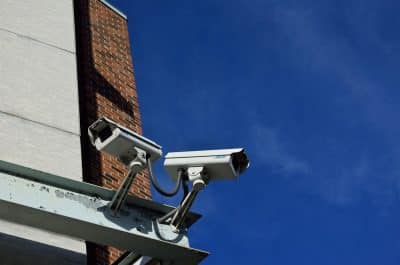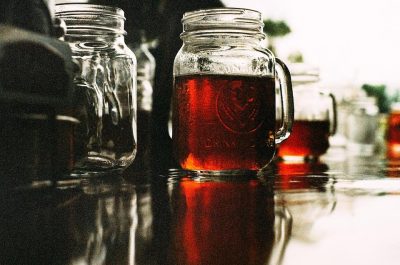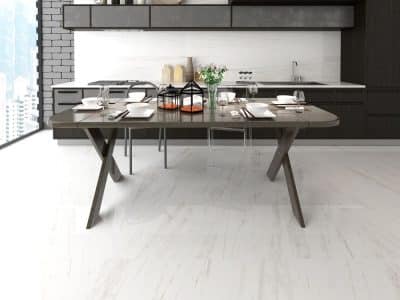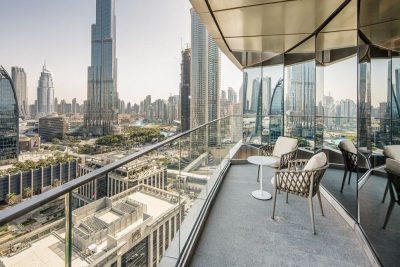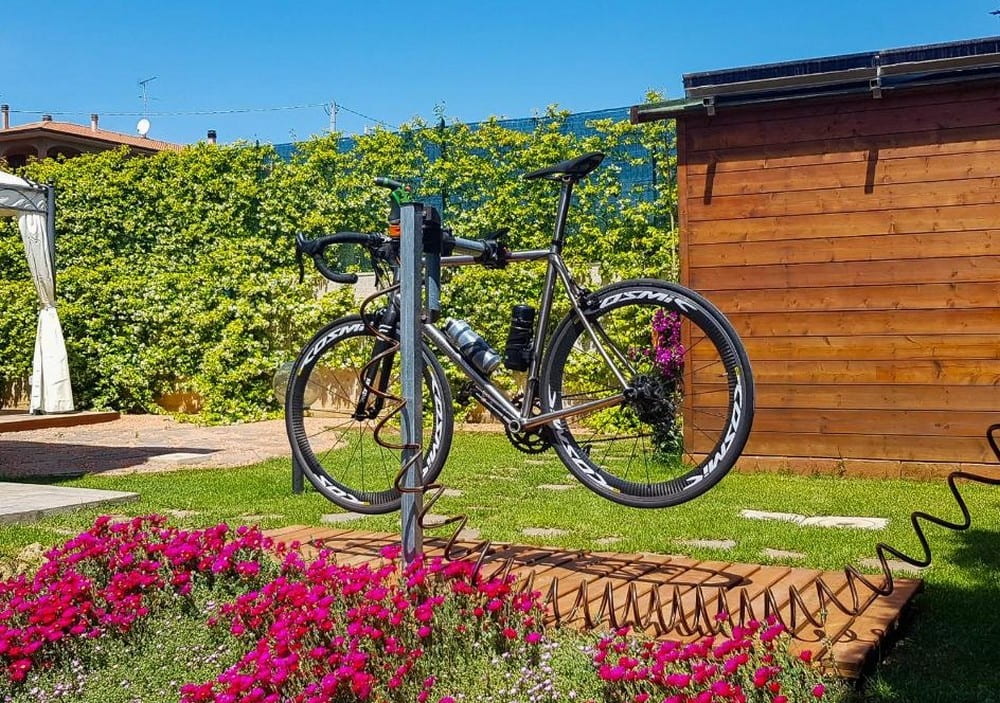
Properly optimized space in the interior and the space around the home facilitates daily use more effectively and space ownership easier. Equally important is the storage and preservation of vehicles, not only cars, but also trucks and bicycles.
Good organization facilitates bicycle storage, has a positive effect on its lifespan, thereby reducing the risk of theft and damage that may occur due to exposure to various weather conditions.
It often happens that cyclists do not have an adequate place for their two-wheelers, so the bikes end up leaning toward walls, trees, buried in storage units or exposed to rain and sun in the yard. If you are a fan of cycling, it is significant that your home and yard with a patio are adapted to that passion.
Improperly landscaped driveways and slippery surfaces can be the cause of accidents, even in your own backyard. This is precisely why planning a bicycle-friendly patio requires a modern approach, which relies primarily on functionality, safety, and aesthetics.
Let’s explore all the essential aspects of backyard design that will be the perfect place for your bike, whether you ride it recreationally, for commuting or as part of an active lifestyle.
Accessibility and functional layout
Organizing the space in your yard well means that you won’t have to carry your bike over various obstacles, pass through narrow passages or remove other objects to get to it. If you use your bicycle often, its place should be easily accessible and practically organized.
The ideal solution can be a covered area near the entrance to the yard, where the bicycle can be safely parked and protected from the weather, somewhere next to the door of the room where you plan to keep it.
Whether it is a shed, basement or storage room, it’s up to you to decide. Wall mounts and vertical stands are great space-saving options, while specially designed lockable boxes provide added security.
The width of the gate and driveway is also important because too narrow passages make it difficult to move the bike and can lead to scratches on the frame or even minor accidents. If possible, create a clear and unobstructed path between the street and the place where you store your bike.
Bicycle security: protection against theft and weather conditions
One of the biggest challenges of every cyclist is the safety of the bike when not in use. A yard that is open and easily accessible to passers-by can increase the risk of theft, so it is important to invest in adequate protection.
Using solid metal brackets or built-in locking systems can make theft significantly more difficult. Ideally, the bike should always be tied to a fixed object using a good quality U-lock or cut-resistant chain padlock.
Good space management and physical protection are equally valuable. If you have several bikes in your household, consider dedicated racks that allow for neat parking and prevent bikes from falling on top of each other, which can cause damage.
Prolonged exposure to rain and sun can damage the frame, chain and other parts, increasing the need for repairs and shortening the life of the bike.
The best solution is a covered area or a quality tarp if a covered area is not an option. If available space permits, a modest bike shed may prove to be an ideal solution for ensuring the long-term safeguarding of bicycles from external influences. Also, regular cleaning and lubrication of bicycle parts will help prevent corrosion and extend its life.
Yard substrate: stability and safety
The surface of the yard plays a key role in the safety of cyclists. Slippery tiles, loose gravel or uneven concrete can be dangerous, especially on rainy days.
It is best to use materials that provide stability and good tire reception, such as concrete, natural stone or textured panels that prevent slipping.
Waterproof materials are also a good option because they prevent water retention and the formation of puddles that can make driving risky. If the yard has a slope, it is necessary to provide a good drainage system to avoid the accumulation of mud and water.
Bicycle accidents and legal protection
Speaking of safety, it should be emphasized that although cycling brings numerous benefits, accidents are frequent. Injuries in the yard or driveway are often overlooked, but they can be serious, especially if inadequate infrastructure causes them.
Poorly placed elements in the yard, slippery surfaces or improper lighting can increase the risk of falls and injuries.
In the event of an accident, knowing your rights can be crucial. If an injury occurs due to a design flaw or an improperly maintained yard, it’s advisable to seek legal assistance after a bicycle accident from professionals.
Rest area and bicycle maintenance
The patio and backyard cycling area should not only be functional, but also pleasant to stay in. If you spend a lot of time on your bike, you will definitely appreciate a corner where you can enjoy a rest after riding, clean your bike or do minor repairs.
Setting up a small storehouse or cabinet with basic tools can make bike maintenance a lot easier. A tire pump, Allen wrenches and a basic flat tire repair kit are useful accessories that will save you time and money.
The patio can be even more relaxing if you add an accessory like a bench, a small pergola or a parasol.
Ecological approach
Using recycled materials for trail construction, installing rainwater filtration systems and introducing air-purifying plants are great ways to combine your love of cycling and caring for the environment.
A green yard not only contributes to better air quality, but also creates a pleasant environment for rest after driving.
Conclusion
A properly designed living space can significantly improve the resident’s well-being experience, whether it’s for safety, practicality or riding enjoyment.
Accessibility, a stable surface, good lighting, protection against theft and space for maintenance are valuable elements that will make everyday life easier for cyclists.
Whether you use your bike as your main means of transportation or only occasionally, a bike-friendly yard contributes to greater comfort and safety.


